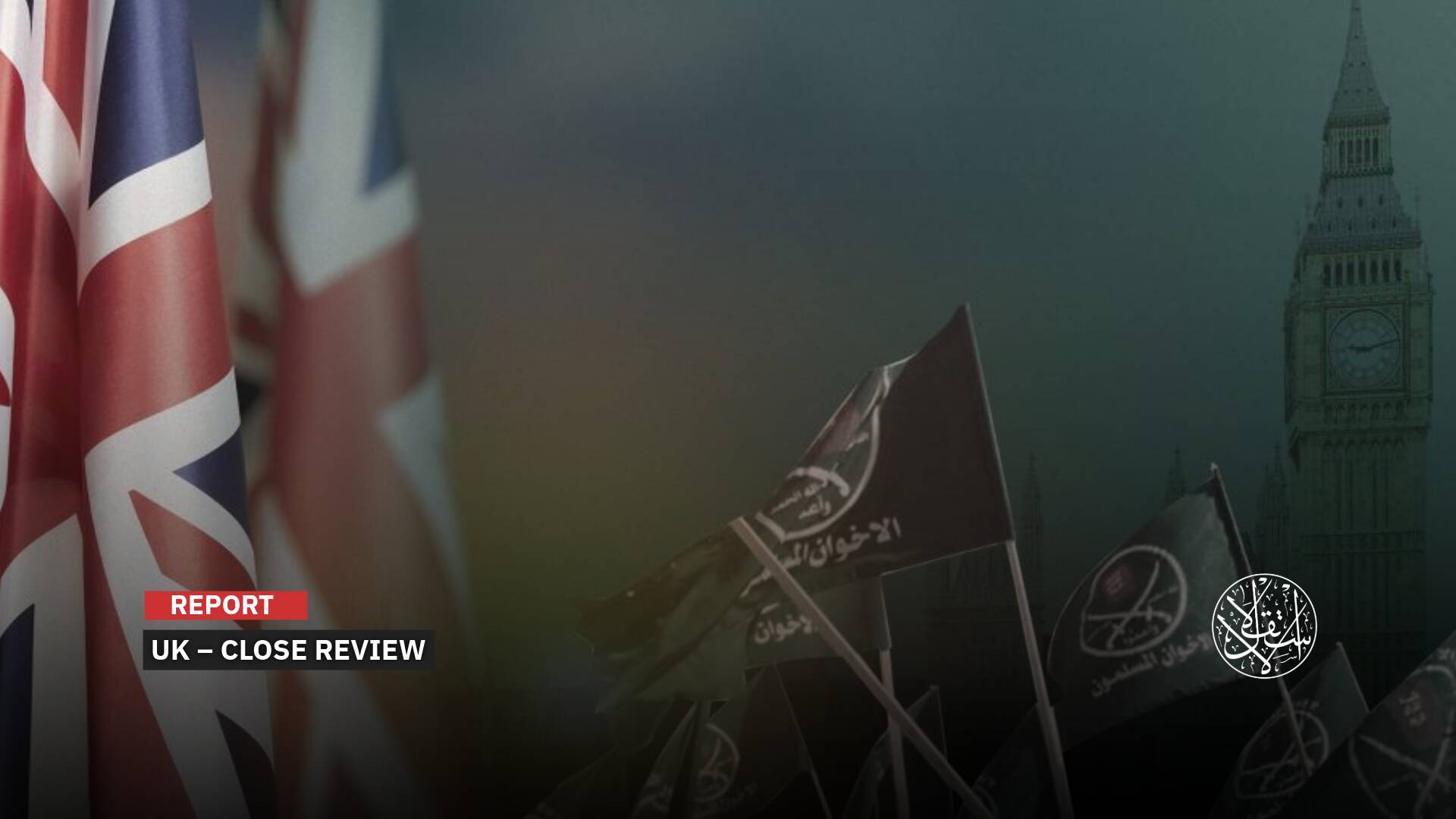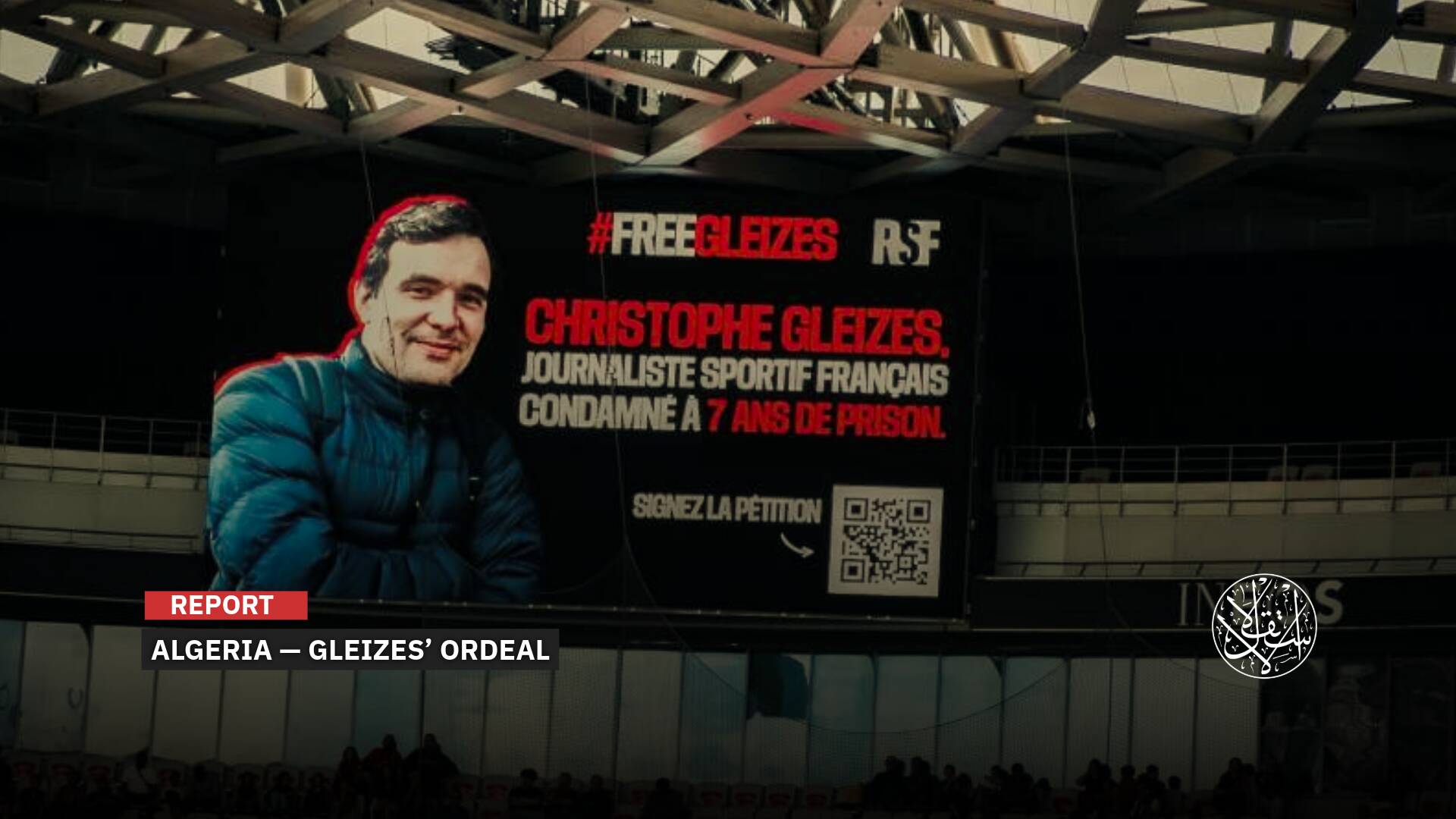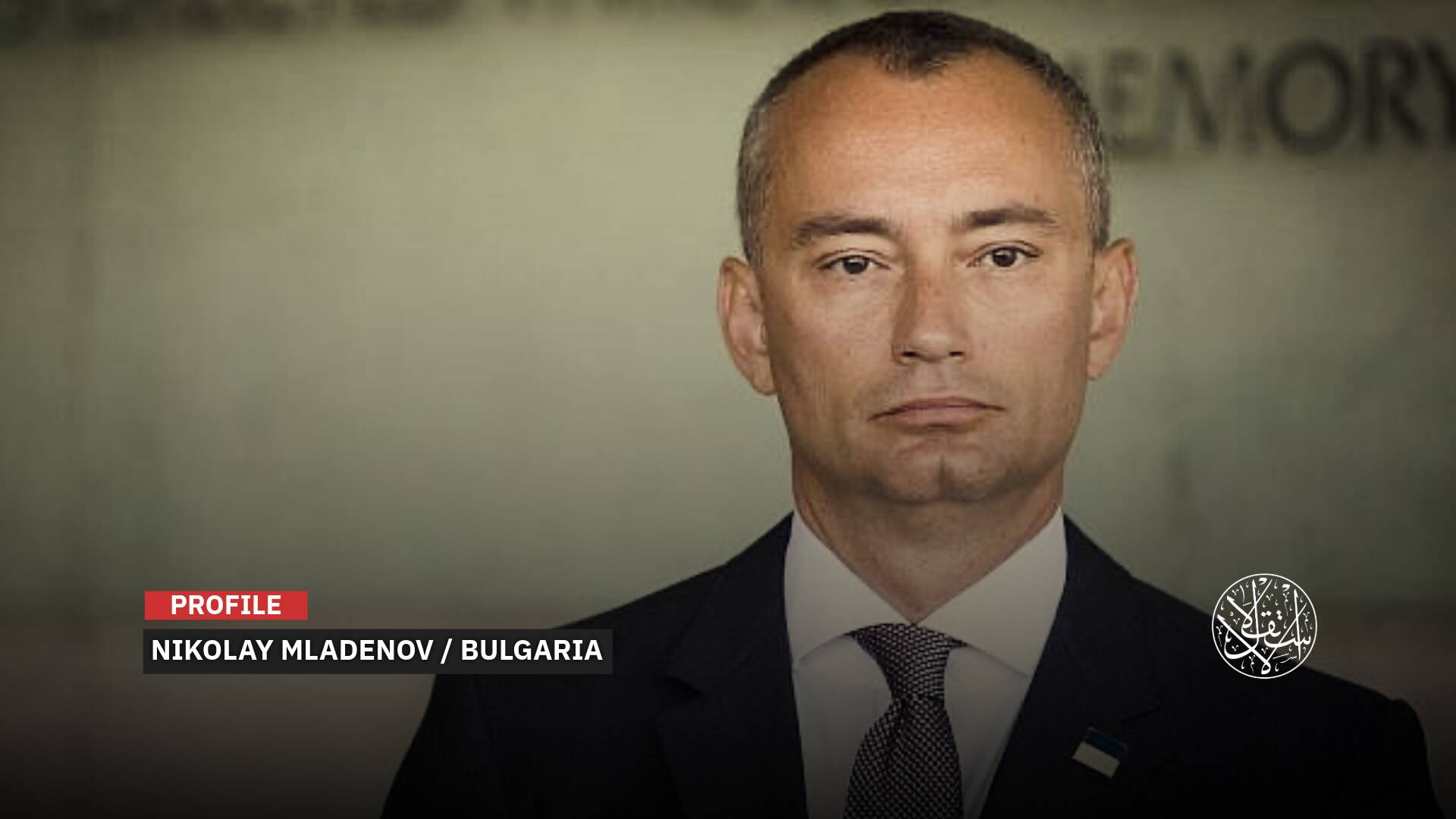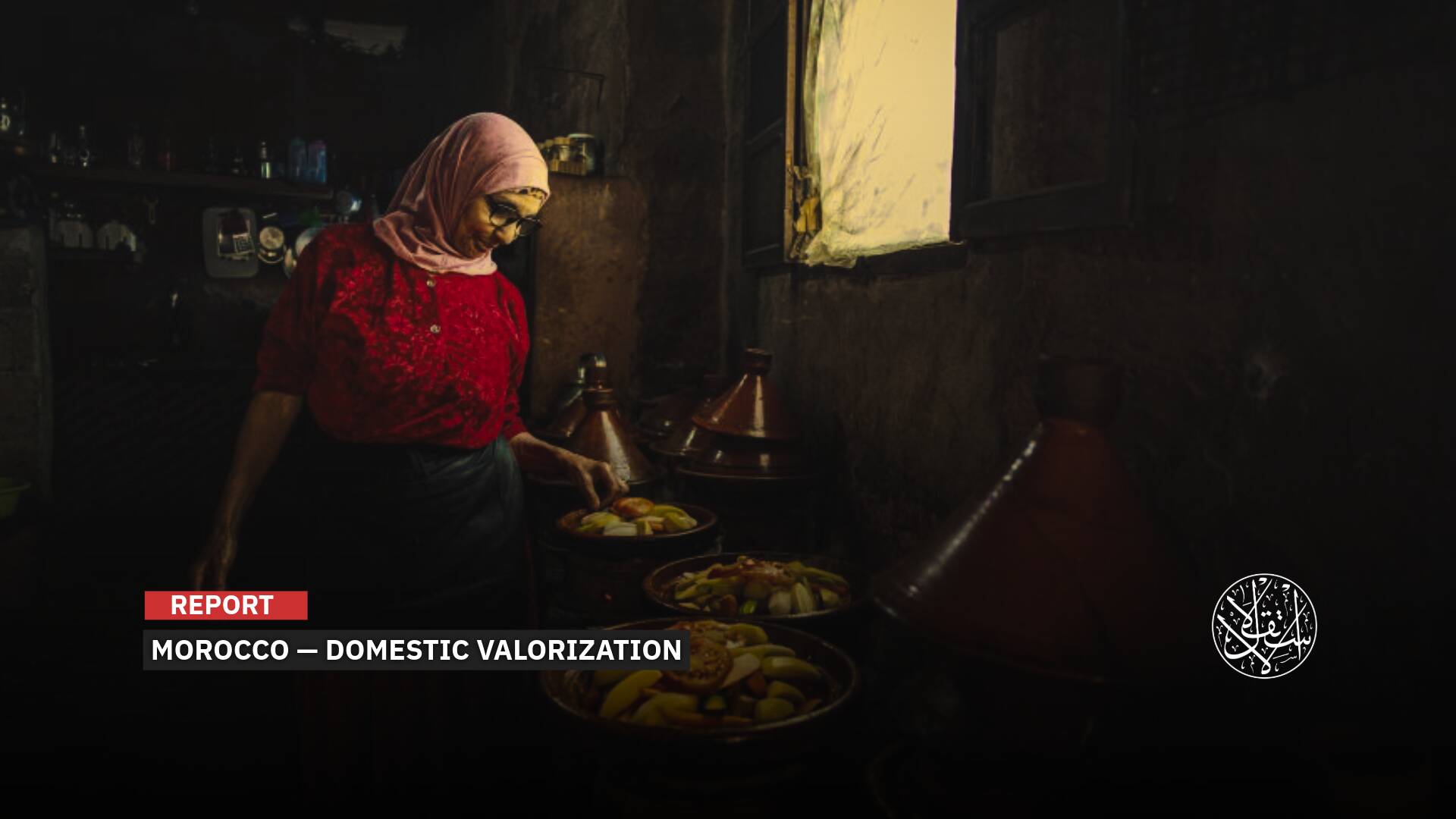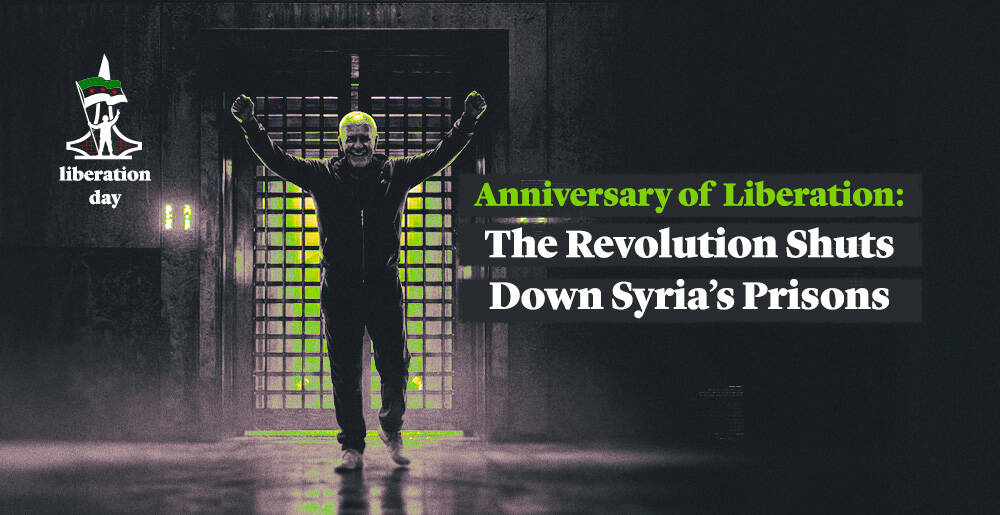Is the Repression of Migrants a Requirement to Enter the Schengen Area?

On the first of January, Croatia officially entered the Schengen area. It was celebrated in a mini-ceremony, attended by Croatian and European Union officials, including Commission President Ursula von der Leyen, during which the model blocking the country’s borders was raised and a banner reading “Free pass” was unveiled in most European languages.
Croatia’s accession to the European Union comes after the unanimous approval of the decision by EU interior ministers at a meeting in early December.
On the other hand, Bulgaria and Romania were rejected due to members’ concerns about the increasing transit of refugees and regular migrants through them into the territory of the region.
Refusal Reasons
Romania and Bulgaria entered the EU in 2007 but have since remained outside the Schengen area until they applied last year after meeting all the conditions imposed since 2011, which was rejected by EU interior ministers.
Austria was the most prominent opponent of Sofia and Bucharest’s accession to Schengen, and its Minister for European Affairs Karoline Edtstadler said: “We will continue to discuss the expansion of Schengen in coordination with partners in Bulgaria and Romania after the two countries have taken the necessary steps in terms of migration and asylum policy.”
Austrian Chancellor Karl Nehammer reiterated his support for his country’s position and that “the Schengen area will not have an extension as long as the EU’s external borders are not effectively protected.”
“The EU’s misguided asylum policy has caused this situation. Now we will continue to fight to correct those mistakes,” he added.
Austria was not the only EU country to vote against the two countries’ accession to the Schengen area—the Netherlands also voted against the resolution.
The Dutch parliament adopted a resolution urging Prime Minister Mark Rutte to veto the Sophia and Bucharest applications “pending further scrutiny,” with Dutch lawmakers arguing that their accession could pose “a risk to the security of the Netherlands and the entire Schengen area.”
Despite being surrounded by EU nations, Austria received roughly 100,000 refugee applications in 2022, prompting severe criticism.
Only 50 were in Hungary, which has an external EU border. The mismatch prompted Austrian Interior Minister Gerhard Karner to fear something was wrong.
Asylum seekers from the south of the EU cannot just travel north to register asylum petitions wherever they like, according to Karner.
In such event, Austria, Germany, and others would be forced to maintain permanent border controls, which should no longer be necessary within the Schengen region.
“This is further proof that the system is not working on many sides at the moment. This is why Austria is blocking the inclusion of Romania and Bulgaria in the Schengen area. I think it’s wrong for a system that doesn’t work in many places to be extended,” Karner said.
However, because Austria is the only country in the EU with this position, another attempt will be made in 2023 to update Schengen area laws without systematic border restrictions. The purpose is to eliminate temporary border restrictions as a result of migrant movements, as well as to integrate Bulgaria and Romania.
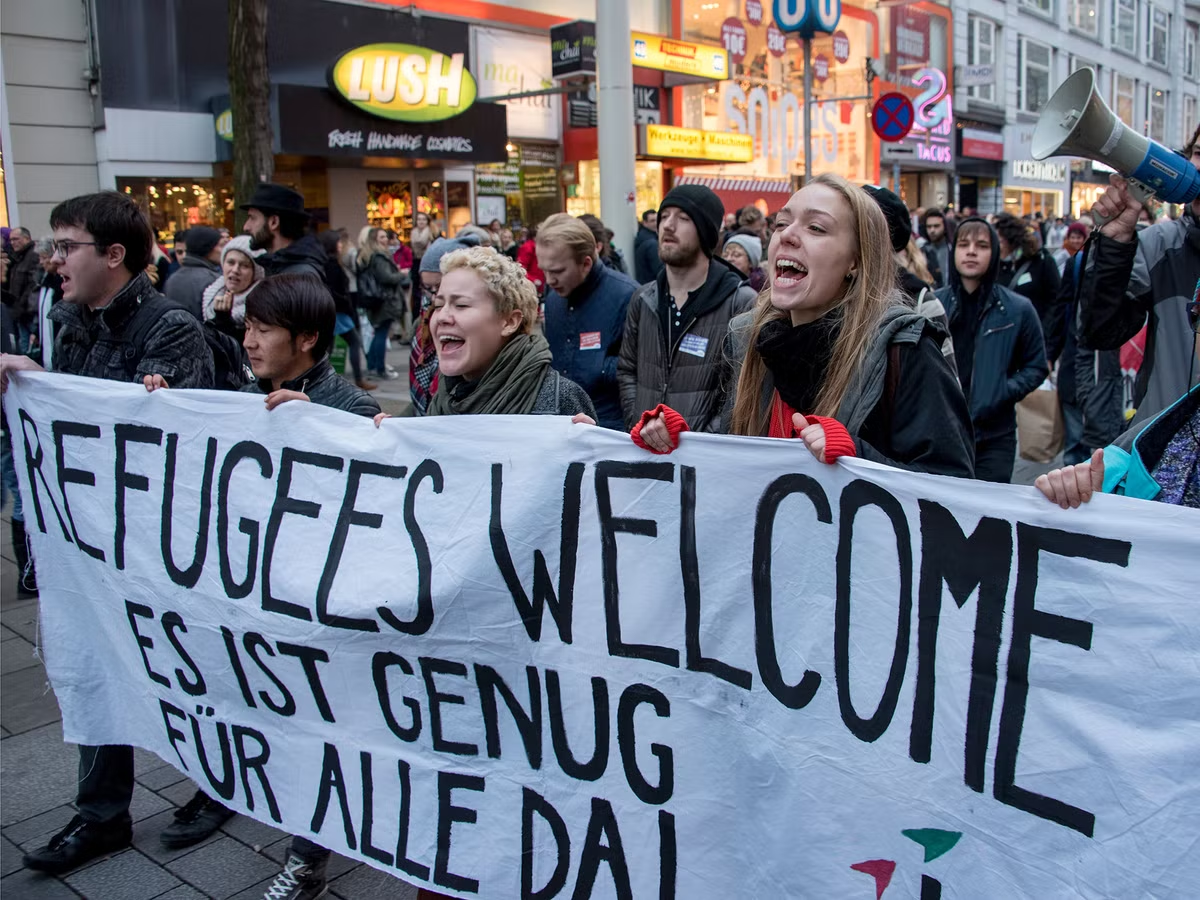
Repression Requirement
According to the Austrian position, Croatia has succeeded in the criterion of being able to “protect” European borders from the crossing of refugees and irregular migrants, as the country is one of the main routes for these crossings, and therefore has been approved for accession to the Schengen area.
Several human rights organizations condemn the Zagreb authorities’ unlawful pushbacks of these refugees and highlight the numerous violations they face at the country’s borders.
About 25,000 refugees are expelled from Croatian territory each year, equivalent to 70 people a day.
On December 8, the European Parliament’s Border Violence Monitoring Network published a report containing 1,600 testimonies of refugees repelled by Croatian authorities, including testimonies of African refugees who were beaten by Croatian police and another of 25 children who were pepper-sprayed before being expelled to a forest on the Bosnian side of the border.
Last December, the EU revealed over 1,600 testimonies of suspected unlawful pushbacks of migrants and refugees dating back to 2017.
The testimonies, compiled by the Border Violence Monitoring Network (BVMN) and published in a so-called Black Book commissioned by the European Parliament’s Left party, add to the growing body of evidence of abuse at the EU’s external borders.
Milena Zajovic, co-author of The Black Book of Pushbacks, estimates that 25,000 individuals are turned back from Croatia each year.
According to one account from last month, referenced in The Black Book of Pushbacks and collected by Cameroonian and Congolese nationals, Croat police physically shoved them back into Bosnia.
A two-year-old toddler was among the 25 people in the group. Some are said to have been pepper sprayed before being dumped in a forest on the Bosnian side of the border.
Terezija Gras, a top officer in Croatia’s interior ministry, is thrown into a lengthy shadow as a result of her testimony and others.
Gras aspires to be the next executive director of the EU’s border agency Frontex, and he recently informed MEPs that Croat border guards save lives.
She was the head of the authority in charge of internal security finances, which funded all border police equipment along Croatia’s external border with Bosnia and Herzegovina.
According to EUobserver, the migration file was a key factor in Croatia’s admission to the Schengen area, “as the EU is putting more pressure on the Western Balkans to suppress refugee crossings.”




